In a patient room at the Polinsky Medical Rehabilitation Center, a man lies in bed, acutely aware of the pain that is radiating through his body. He’s been here for 2 weeks following a car accident in which his spine was injured. A woman in medical scrubs stands next to him, but she’s not administering IV medicine or checking vitals. Rather, her hands move in flowing, almost rhythmic movements and waves inches above the patient’s body.
This is Healing Touch, an energy-based therapy that utilizes off the body and/or light touch to clear, balance and energize the human energy system in an effort to promote healing for the mind, body and spirit. The gentle touch by the practitioner encourages the body’s own self-healing abilities, by balancing the energy field, bringing a deep sense of relaxation. “We all have an innate ability to heal ourselves,” says Stacey Quade, a certified energy-based therapy practitioner and instructor. “And it all comes from our energy field.”
Learning More about Healing Touch
Quade, who has been a Certified Occupational Therapy Assistant at the Miller Dwan Building since 1988, is currently part of a team studying the benefits of Healing Touch through the Essentia Institute of Rural Health (EIRH), funded in part by the Miller-Dwan Foundation. The goal is to better understand the effects of Healing Touch on different groups of people receiving rehab therapy for different reasons. “We want to know how Healing Touch can be most effective,” says Pat Conway, EIRH Scientist-Research II. “Overall, if we can figure out which strategies work, we can make them available to patients.”
Eight months into the study, patients have reported that they have experienced several benefits from the therapy. “In general, people who receive Healing Touch sleep better, their pain and anxiety are reduced, their medications work longer and better, and they don’t need as many pain medications,” says Quade. Having worked with Healing Touch for more than 15 years, these results are not surprising to her. In Quade’s experience, while there is often an initial skepticism to the therapy, patients, families and fellow healthcare providers usually acknowledge the benefits after several sessions. “It takes a while for people to get used to anything new,” Quade says. “But acceptance on the unit has been great. Providers see Healing Touch working, so they like it and want it for their patients.”
One surprising result of the EIRH study that has emerged is the effect the therapy has on patients’ anxiety levels. “We learned from previous pilot programs that patients experience reduced pain,” Conway says. “But anxiety was at least as common a benefit for patients receiving Healing Touch in the hospital.”
Foundations of Healing Touch
Quade begins her Healing Touch sessions by grounding and centering herself. “Practitioners first connect to the bigger energy field that we are all part of,” she explains. “We all have this common frequency; boundless energy – once you plug into that with some basic awareness, we become the conduit to this common frequency, a boundless energy. Then we use our hands to help the person modulate or rebalance any disturbances in their bio-field.”
Although the patient who was in rehab after a car accident was hesitant, he agreed to try Healing Touch. After the first session, he experienced some relief from his pain. “Enough relief that he was curious about trying another session,” Quade says. After a second session, the patient recorded his pain had decreased from 9 to 8, while anxiety went from 9 to 7. “From one day to the next his pain continued to go down, from 6 to 2, with anxiety down to 5. That’s a big drop using 20 minutes of therapy with nothing more than the technique.”
Quade describes herself and other energy therapy practitioners as “jumper cables” who help people connect to, or plug in to, the strength of their own ability to heal themselves. “I am not doing anything to patients,” Quade says. “I am helping them do something for themselves.”
The EIRH study is slated to end in April, when both Quade and Conway hope the results eventually lead to a more permanent appointment of Healing Touch therapy in the hospital setting.


